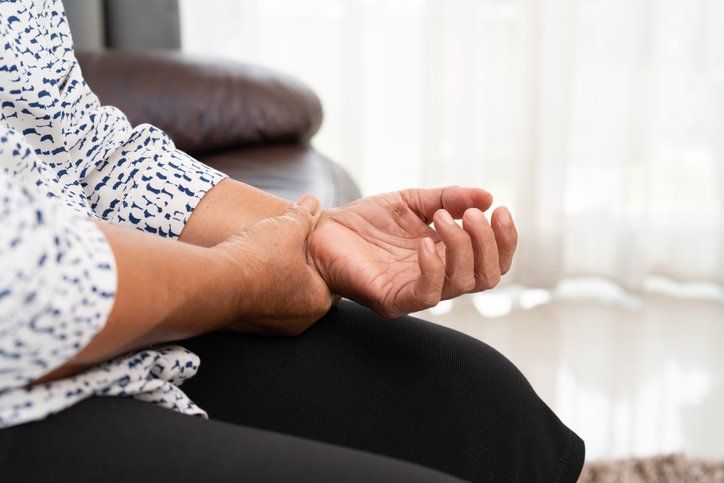What You Should Know About Your Carpal Tunnel Syndrome
Carpal
tunnel syndrome affects between 3 to 6 percent
of
adults today. The condition can lessen the ability to work and live
comfortably. Some find relief through at-home care or non-invasive medical
treatments, but others require surgery. Anyone experiencing symptoms related to
carpal tunnel syndrome should learn more about the condition.
Symptoms Vary Slightly
Carpal tunnel syndrome often causes a tingling sensation in the fingers or shock-like pain that runs from the thumbs through the fingers. One hand may feel the effects, or both could experience the problem. Hand weakness or clumsiness can also occur. The sensations may make the hand feel swollen to the sufferer, despite no visible swelling.
Left untreated, the condition often worsens. Sensitivity in the hands may decrease to the point where the individual cannot feel sensations like heat or cold. This lack of sensitivity could lead to injury. Severe cases may also lead to atrophy of the muscles at the base of the thumb. Hand and finger weakness could increase over time if no treatment occurs.
Trauma Is Not Needed
The carpal tunnel extends from the wrist to the hand. The tunnel includes tissue, tendons, ligaments, and bones. The syndrome begins when the median nerve experiences pressure due to a narrowing in the tunnel or from swollen tissue around the flexor tendons - the tendons that connect the forearm to the bones of the fingers and thumb.
A traumatic injury could cause carpal tunnel syndrome, but there are other ways the condition develops. Carpal tunnel syndrome could result from health issues like a cyst in the tunnel, excess fluid retention, or an underactive thyroid gland. Many people can also develop the condition through repetitive movements.
Noninvasive Treatment Options Are Possible
Management of underlying health conditions that caused the syndrome could solve the issue for some people. The use of braces or splints, changes in activity, and anti-inflammatory medications may bring relief. Therapeutic exercises and steroid injections could also become a part of the treatment.
Surgery Is Sometimes Needed
Some patients with carpal tunnel syndrome will need surgery to get adequate relief. People severely affected by the syndrome that did not respond well to non-surgical treatments may need this option. If the condition begins because of a trauma or due to a tumor or cyst, it may also only improve with surgery.
Surgery involves relieving pressure on the nerve by cutting the tendon. The doctor may choose to do this through endoscopic surgery or open release surgery:
- Endoscopic surgery : This usually requires two smaller incisions. The doctors insert a small camera in one incision and a small tube with a knife in the other. The camera helps to guide the surgeon to the tendon for the cut.
- Open release : With this option, the surgeon will make a small incision in the wrist and the bottom of the hand to access and cut the tendon.
Recovery and the full return of hand strength can take a few weeks or months regardless of the surgical method. Most people instantly see an improvement in their discomfort and numbness, but the incision takes time to heal. Strength also gradually returns to the hand during recovery.
Treatment Scars Are Possible
The look and feel of the scar after surgery concerns some patients. The location of the incision is difficult to hide and vulnerable to injury. Scar management should include keeping the area clean and covered until healed and therapeutic hand exercises to reduce scar tissue tightness.
Discuss cosmetic options and other treatments with the surgeon before the operation. A hand massage and the scar pads can also help lessen the discomfort and reduce visible scars.
Do not ignore hand numbness, weakness, and tingling. A diagnosis of carpal tunnel syndrome and detection of the cause will enable you to find the best solution. At Ronald C. Barry, MD , we perform surgical repairs as needed for carpal tunnel syndrome. As cosmetic surgeons, we also have the expertise to minimize the visual impact of the surgery. Contact us today to arrange a consultation.




